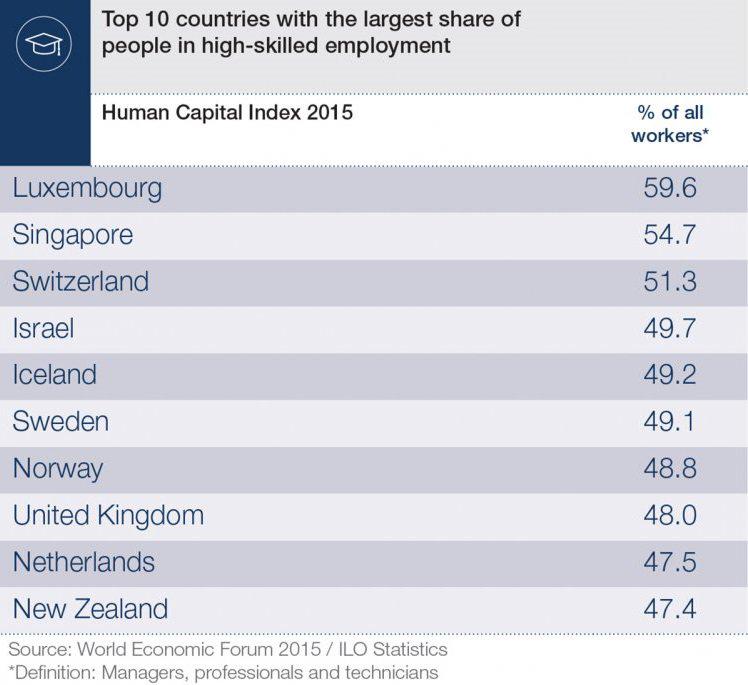 When Canada first launched its consultation for a national digital strategy, there was such promise.
When Canada first launched its consultation for a national digital strategy, there was such promise.
The announcement was made jointly by Tony Clement (then Minister of Industry), James Moore (then Minister of Canadian Heritage and Official Languages), and Diane Finley (then Minister of Human Resources and Skills Development). It was promising to see a comprehensive, tri-departmental approach. After all, Industry would cover the issues of carriage and growth of the ICT sector, Heritage would represent the issues associated with content and Human Resources would deal with, well, human resources.
The original consultation included a discussion paper providing details on 5 broad themes being considered – themes that corresponded to the breadth of responsibilities that were represented by the Ministers:
- Capacity to Innovate Using Digital Technologies;
- Building a World-Class Digital Infrastructure;
- Growing the Information and Communications Technology Industry;
- Digital Media: Creating Canada’s Digital Content Advantage; and
- Building Digital Skills for Tomorrow.
Four years later, when the long overdue “strategy” was released, the document didn’t seem to address many of the issues raised by various parties in response to the consultation.
By the time the digital strategy was actually released, only the Minister of Industry was part of the announcement.
The 26-page Digital Canada 150 pamphlet [pdf] contained just 2 actions related to “building digital skills for tomorrow”:
- “Support for the Computers for Schools Program will continue to provide students and interns with access to digital equipment and skills training”;
- and, “We have realigned programs to support digital skills development and promote enrolment in key disciplines related to the digital economy.”
 I noticed two interesting charts that show the importance of investing more resources in understanding how a skilled work force can contribute to Canada’s performance in a global digital economy.
I noticed two interesting charts that show the importance of investing more resources in understanding how a skilled work force can contribute to Canada’s performance in a global digital economy.
The first chart examines which countries have the highest proportion of the population employed in skilled jobs; the second looks at the most innovative countries.
Singapore, Sweden, Switzerland and Israel are on both of those lists. We should try to understand that correlation.
ICTC – the Information and Communications Technology Council – has announced a partnership with Microsoft Canada to help develop a national digital talent strategy for Canada. This follows ICTC’s development of an e-Talent Portal, which was announced in March.
As ICTC indicated in announcing its digital talent strategy consultation, “The key to ensuring that Canada is set up for success is to ensure that there skilled talent to drive innovation and competitiveness, as entrepreneurs or as part of the workforce.”
After more than a decade of investing in infrastructure, will the next government do more to invest in people? What are the best ways for the government to promote digital skills development?
